The Article
Ethos Moving Coil Cartridge From Goldring
27th January 2021
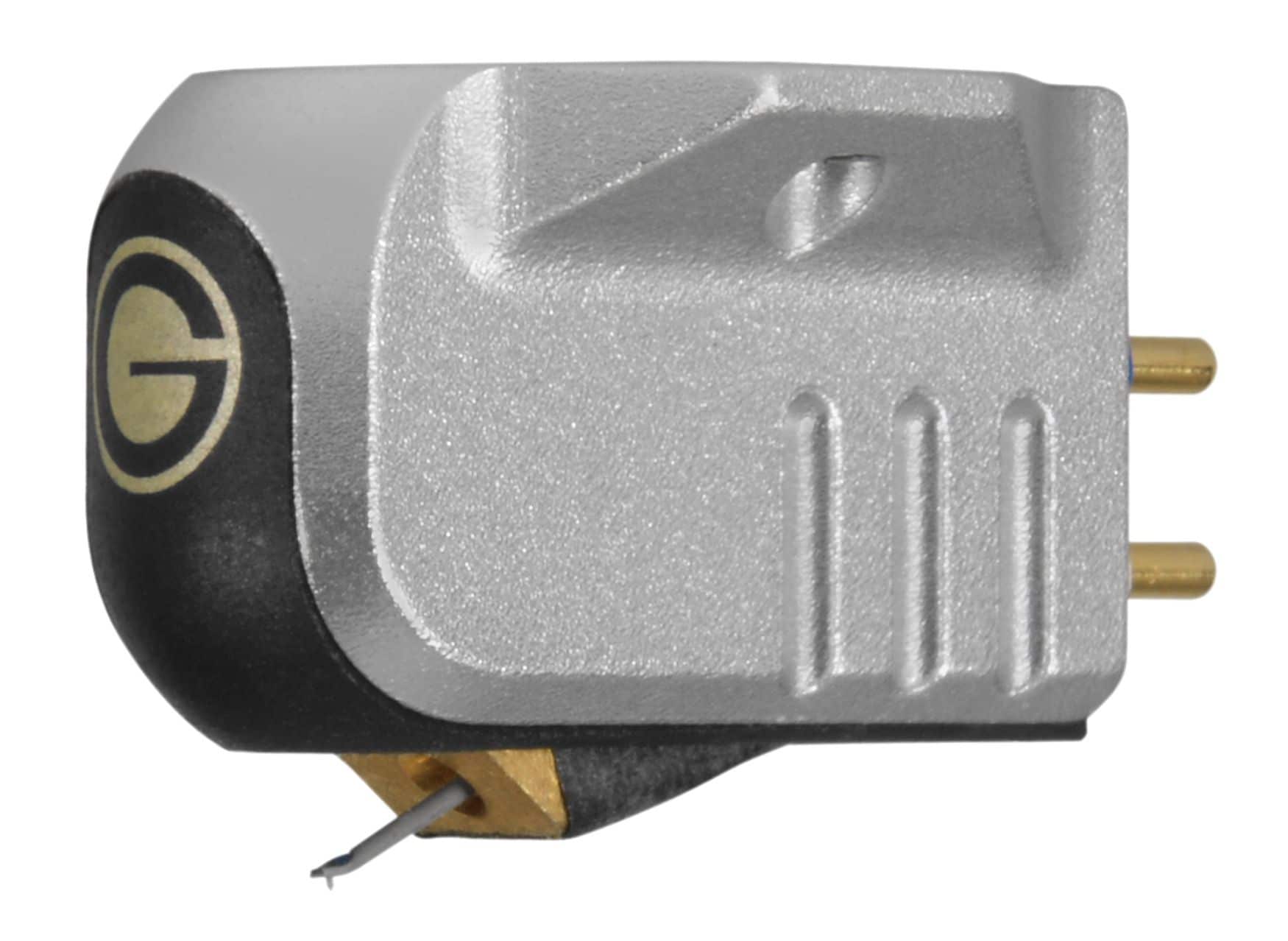
It’s the company’s top-of-the-range model but is it worthy of its position? Paul Rigby rides a few grooves to find out
I find it interesting that Goldring positions this cartridge as its top-of-the-range model. It says a lot about the company and where it sees itself in terms of the end user. For some companies, when they reveal their best of the best, you tend to expect a monetary figure attached to it that’s so high, it needs oxygen to perform. Something in the £4k area perhaps? £7k? Higher? I recently tested a cartridge – currently in development and only at the prototype stage, that uses a solid, one-piece diamond cantilever. Even the bended bit holding the stylus tip is part of that single piece. That cartridge costs in excess of £10,000.
Goldring’s top-of-the-range mode retails for £895. This company targets the mass market. The busy budget and midrange hi-fi sectors. And by golly, it’s done and continues to do a great job. I have a couple of Goldring designs in my review section (e.g. the E3 and 1042) that are packed to the gills with plaudits. Deservedly, I might add.
My concern here though is that, at £890, Goldring is stepping into ‘big boy’ territory. Goldring does wonderfully well as a purveyor of lower-end designs and hold their own wonderfully when competing with Audio-Technica and Ortofon. But nudging a grand? That’s a sector occupied by the big boys.
AND YOU ARE?
So what is the Ethos, then? Is it armed to the teeth to compete in this important price point?
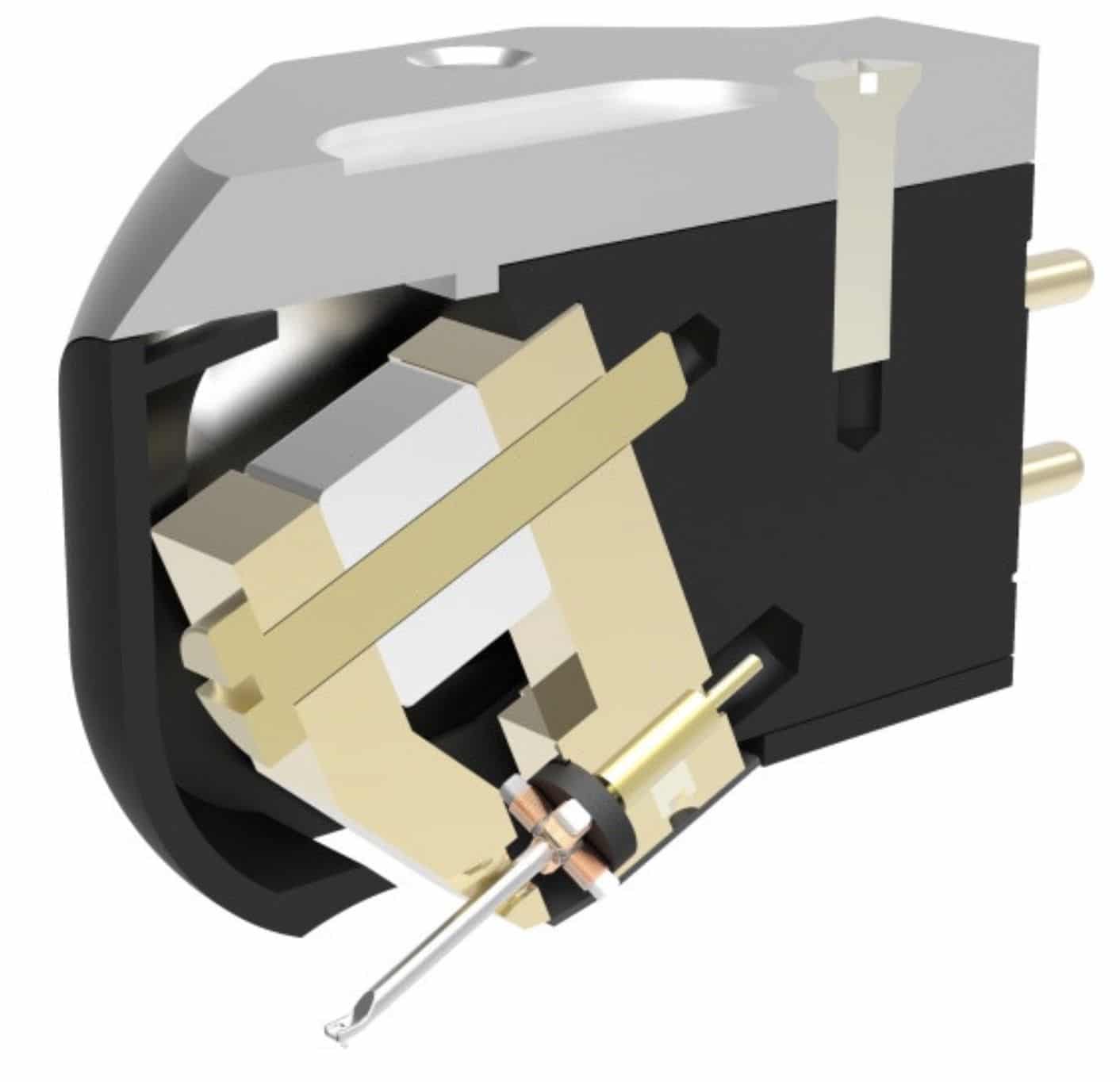
Goldring makes a point of highlighting the stylus profile of the new Ethos. The stylus is a line contact model but Goldring refers to it as a ‘Vital’ design in its press materials. This betrays the involvement of the Japanese industrial jewel outfit, Ogura, a specialist in the field of diamonds. A company that has been in business since 1947. The stylus tip is rather refined, put it that way.
That is held by an alloy cantilever. I asked Goldring what “alloy” actually meant, in this case. It replied, “The Ethos uses A2017 which is an aerospace aluminium alloy with a comparable hardness to steel but which is obviously much lighter. It is this combination of stiffness and low mass which makes it ideal for use in a record player cartridge. The cantilever is also a hollow tube which removes even more mass and yet retains the stiffness.”
Inside the aluminium chassis is a hand-built GOL-1 moving-coil generator. According to the company, it, “…takes advantage of a lower coil inductance and reduced effective mass when compared to traditional moving magnet types…”
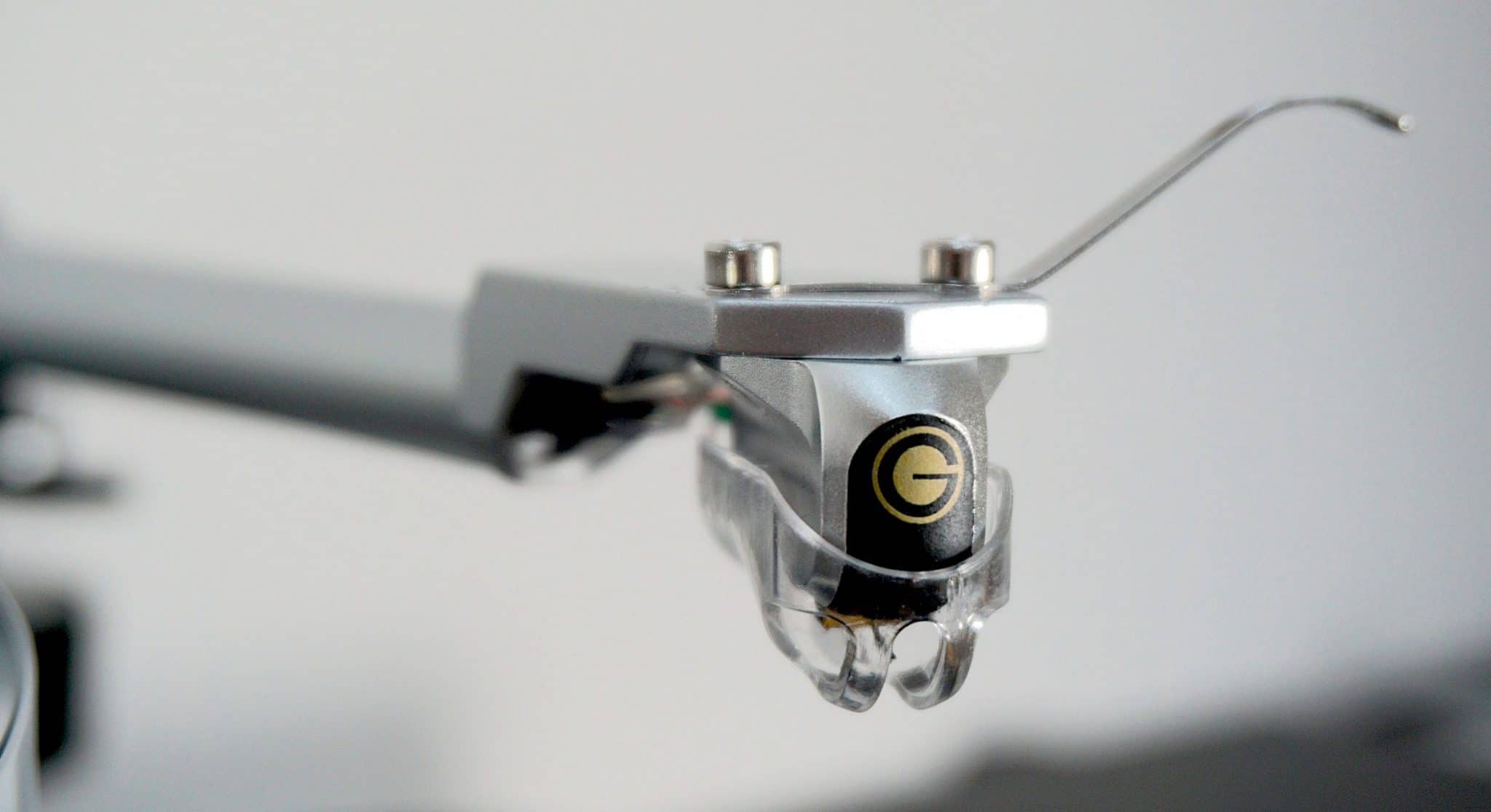
The neodymium magnet sits alongside a new damper pad that uses a bespoke butyl rubber compound to keep the system damped.
The coils themselves are wound around a cross-shaped armature of Swedish iron. Goldring likes Swedish iron, apparently. Why? “The reduced unsprung mass improves the ability for the stylus to track the groove wall and minimises cross-talk, improving the stereo image.” That’s why.
The cartridge has 7.7g of mass and a tracking force of 1.75g.
So how does it sound?
SOUND QUALITY
I’m a sucker for vocal harmonies so I began with the intriguing 1975 album from The King Singers. Keep on Changing (EMI) combines vocal harmony with soft rock and a range of interesting covers including my track of choice Pantomime, penned (conducted and arranged) by Simon Park, who some of you will know from his best-selling creation, the TV theme to the detective series, Van Der Valk.
Apart from the voices, you’re looking at a bass guitar, slow and bouncy drum beats, acoustic guitar, a host of secondary percussion such as bells, conga, possibly tambora and more plus a backing orchestra. It’s a pretty complex presentation.
How to describe the first impression from the Ethos? Civilised. I reckon, under £1,000 the Ethos has to be the most civilised cartridge design I’ve ever heard. It reminds me of the sort of approach to sound that I would expect from the Etsuro Urushi priced at over £4k.
And by that, I mean the Ethos allows you to come to it. It doesn’t hit you over the head with headline features. Sometimes cartridges like to brag, “Check out this BASS!” [Bam! Bash on the head] “Hear the detail from this MIDRANGE!” [Slap! Right across the chops].
The Ethos doesn’t do anything like that. It’s polite. It’s cultured. It’s well mannered. It coughs delicately and, Jeeves-like, suggests, “Would it interest sir to address the cymbals on the left channel?” And then add, “Oh and tea is served. Should I serve the cream cakes now?”
Goldring’s Ethos doesn’t pretend that it’s sitting in the middle of an AV system piping out sound effects from the first 15 minutes of Saving Private Ryan. The Ethos is a child of art. The Ethos would rather arrange the detail across the soundstage and prepare subtle gestures, offering the detail to you…when you’re ready to hear it. If you want to. If you have the time.
PLAY BY EAR
It does this firstly by lowering the inherent noise that surrounds its presentation. You may find yourself upping the gain a few notches to reach your familiar volume. Doing this, you will pull in newly-heard information. Mids are oh, so relaxed.
I would recommend experimenting with the loading. Ignore the specs. Set it by ear. Spend a day doing this, don’t rush it. Keep the sound relaxed with enough information to delight the ear and you’ll have a gem as a source component.
During tests, vocals were easy on the ear, relaxed and toned with an extended reverb tail full of extra space and air. A swathe of subtle midrange detail flooded into this newly offered space. Strings were very sooth indeed yet provided a focus that said yes, you are listening to the real things here, these are not synths just pretending. The tonal realism from the Ethos was high.
Don’t infer that this smooth offering indicates some sort of soft approach from the Ethos. Far from it. There is a definite precision and focus to each instrument under this cartridge’s gaze. Hence, bass guitar was lean yet punchy, it was never bloated or bloomy. Secondary percussion was detailed yet transparent while the vocal harmonic combination was full of tonal variation.
BIG ON THE BEATS
I then moved onto something a wee bit dynamic and selected Rootmasters (Nina Walsh and Alex Paterson of The Orb) with the 10” release, Push Once and the track Elephant Puddle.
The sub-bass on this track could have swamped the entire soundstage but never did. It maintained a space between it and the vocals, samples and the rest. The effect was to enlarge the soundstage, giving it both physical height and depth.
The sometimes aggressive sonics from this track never tipped over into brightness but kept itself in check. The Ethos calmly telling you that the vocal was harsh and provocative. Just so you know.
The initial beats on the track, Book of Hours (Autolump), were effectively tracked, even though the original beats themselves were soft with rounded edges. The Ethos was attentive in retrieving details here. The later, harder bass rhythms provided a complimentary, foot-tapping, sequence that drove this instrumental forward at pace.
During all of this, frequencies retained their discipline and never entered where they shouldn’t. Space was retained between each, giving the music an airy presentation. So when this ambient techno piece pushed into harder, higher-tempo techno beats, the bass never dominated. They were significant and sat centre stage but they never veiled detail elsewhere. The Ethos was able to maintain clarity while offering plenty of musical emotion.
CONCLUSION
Reviewing the Goldring Ethos cartridge is exactly like reading the first chapter of the three volume set of Lord of the Rings and then being asked to review the book in toto.
I get the feeling that this cartridge needs, oh I don’t know, a year to get to know? Rather, it is an ideal tool to allow you to reacquaint yourself with your record collection and to spend a full year to fully grasp just what this cartridge can do. I also feel that you can spend time with it, micro-tweaking to get the very best from it.
When you buy the Ethos, you’re given a promise. A promise that your hi-fi life will improve slowly and steadily over time. The Ethos is for the long haul. Rejoice in the aural gains that you will hear, immediately. Then prepare yourself for new joys to come as a host of information is fed to you over a long period of time.
The Ethos? It’s the gentleman’s gentleman of cartridges.
GOLDRING ETHOS MOVING COIL CARTRIDGE
Price: £895
Website: www.goldring.co.uk
GOOD: clarity, transparency, spacious soundstage, detailed mids, organic bass, low noise
BAD: nothing
RATING: 9
[Don’t forget to check out my new Patreon Page at www.patreon.com/audiophileman, for exclusive postings, giveaways and more!]
REFERENCE
Origin Live Sovereign turntable
Origin Live Enterprise 12″ arm
Van Den Hul Crimson XGW Stradivarius Cartridge
Benz Glider MC cartridge
Ortofon Cadenza Bronze MC cartridge
Icon PS3 phono amplifier
Aesthetix Calypso pre-amp
Icon Audio MB845 Mk.II Monoblock Amplifiers
Quad ESL-57 Speakers with One Thing mod
Blue Horizon Professional Rack System
Harmonic Resolution Systems Noise Reduction Components

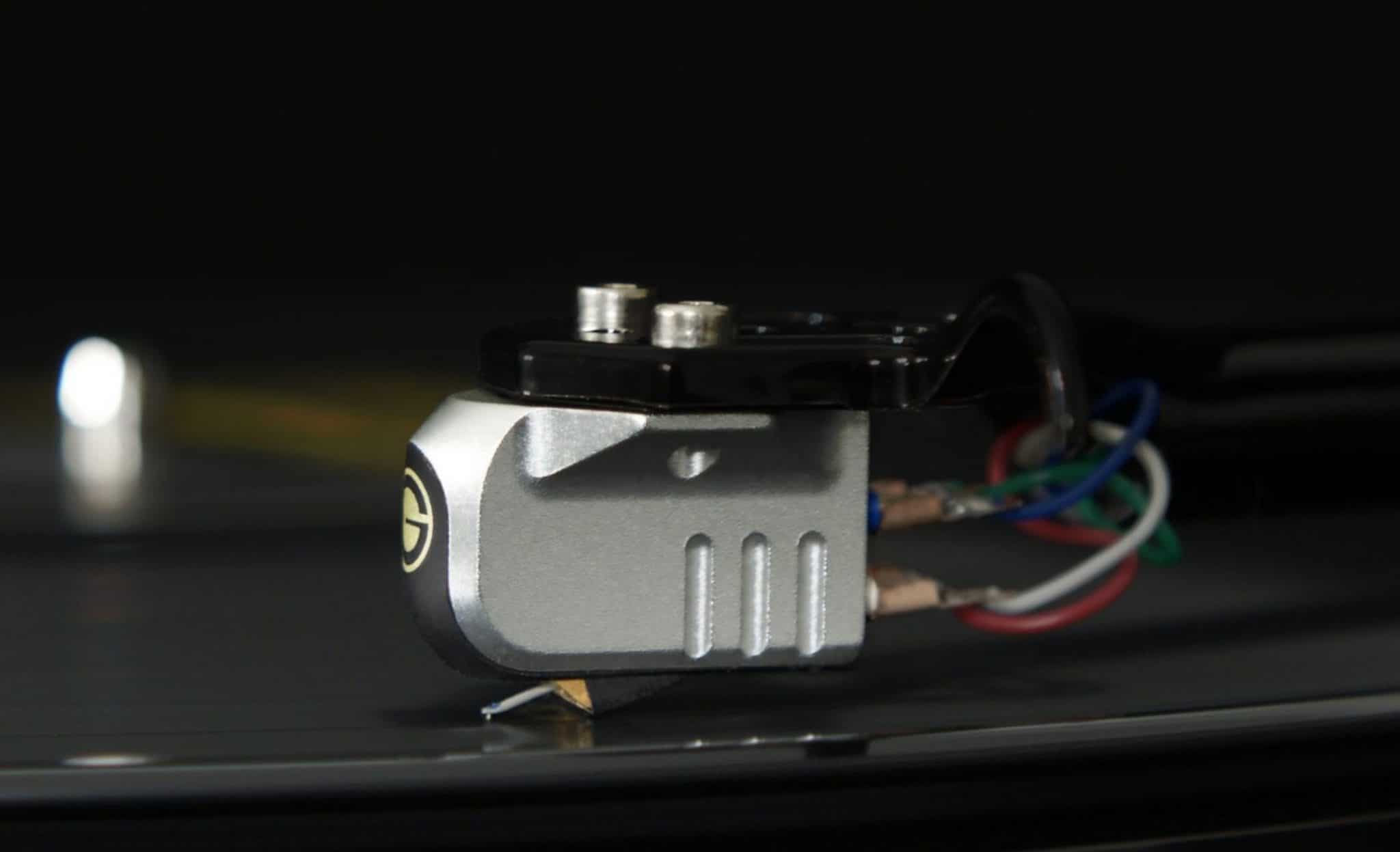
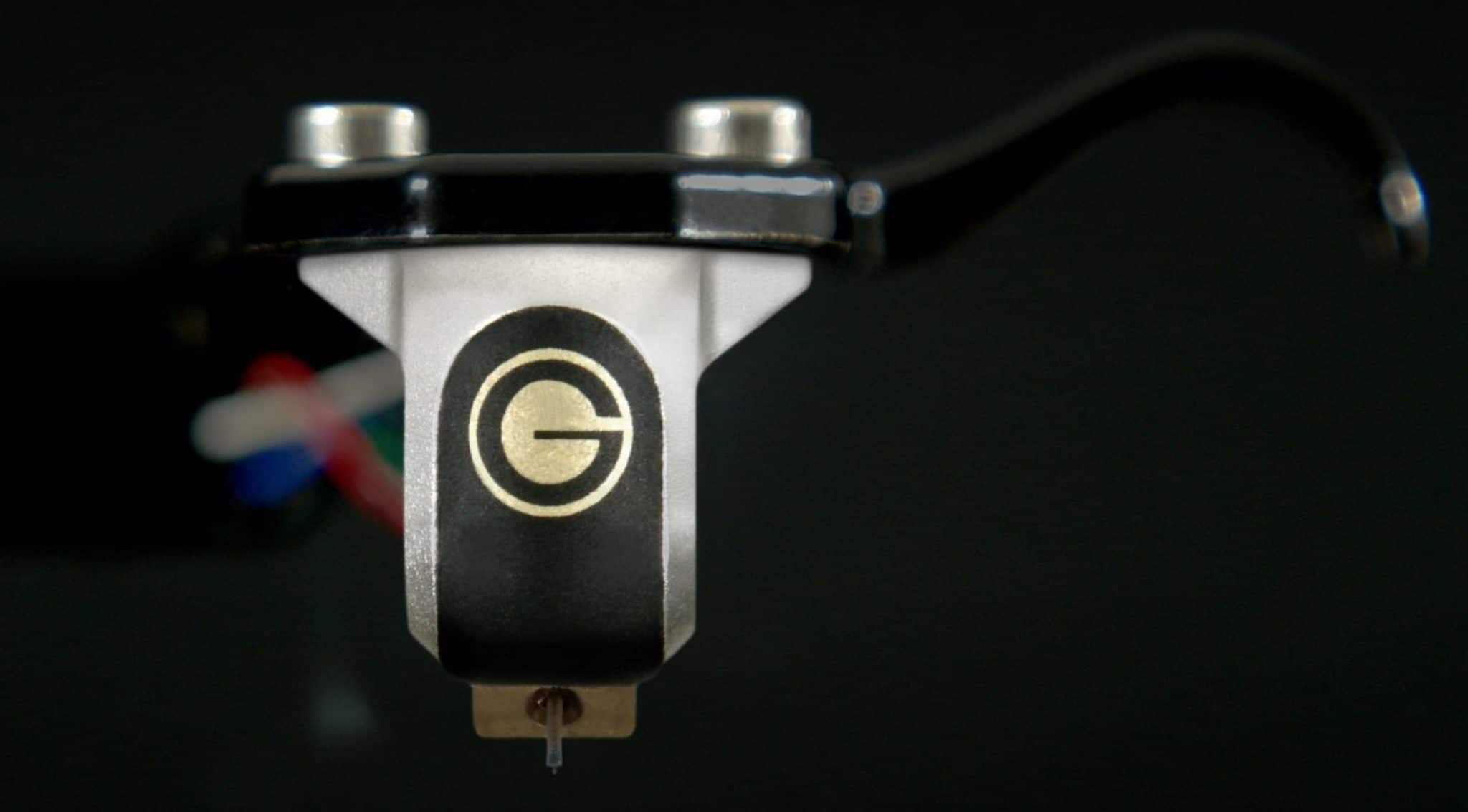
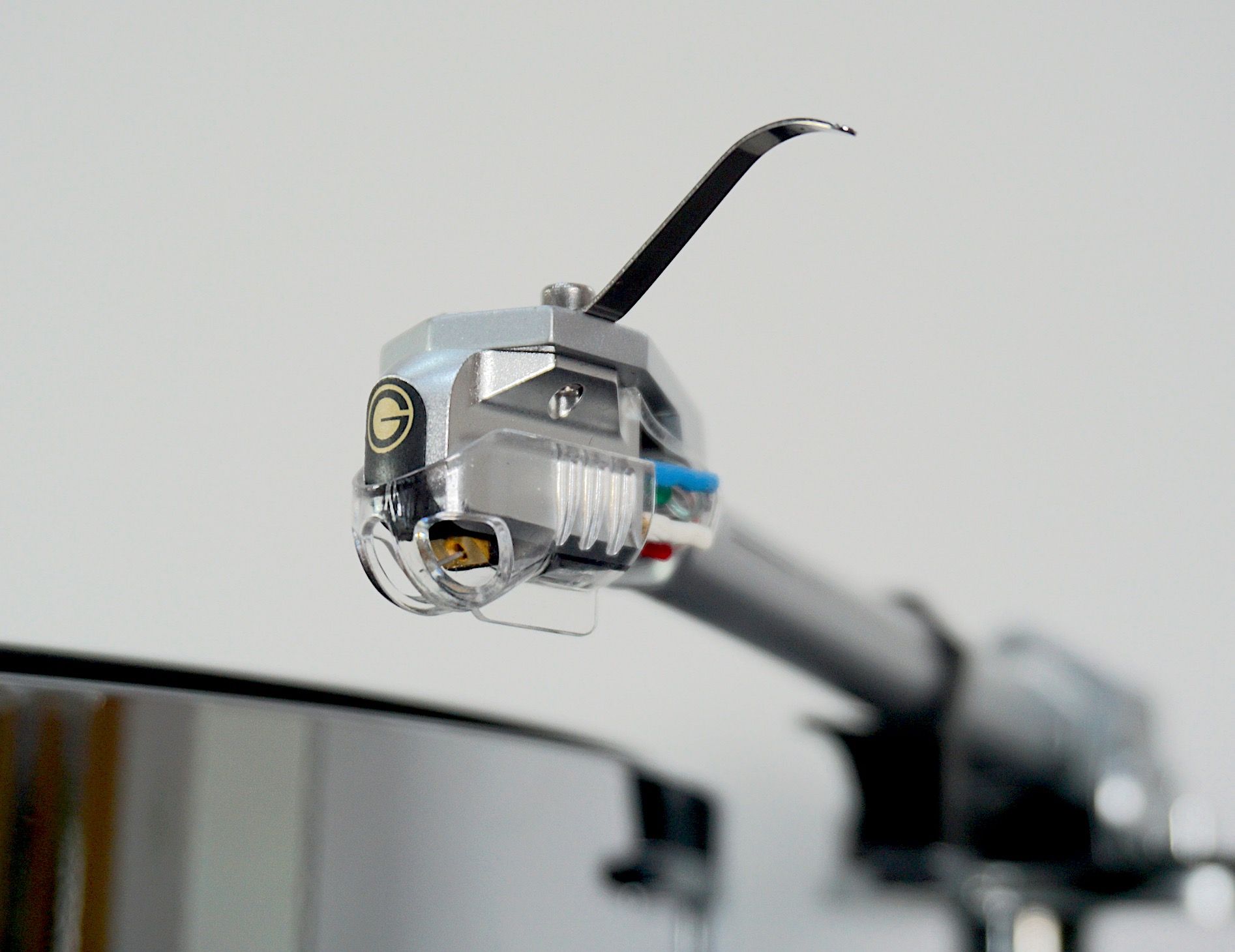
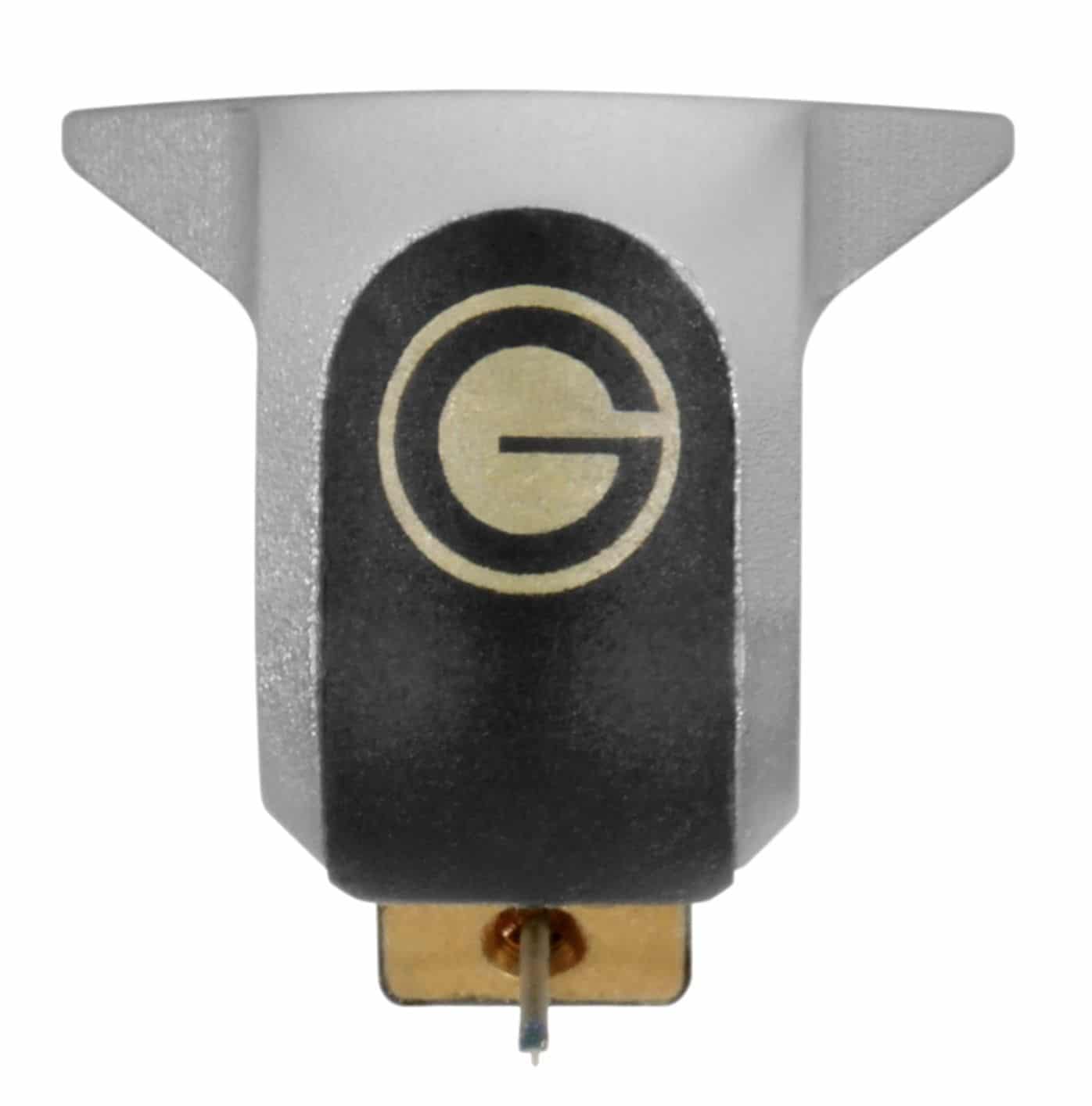
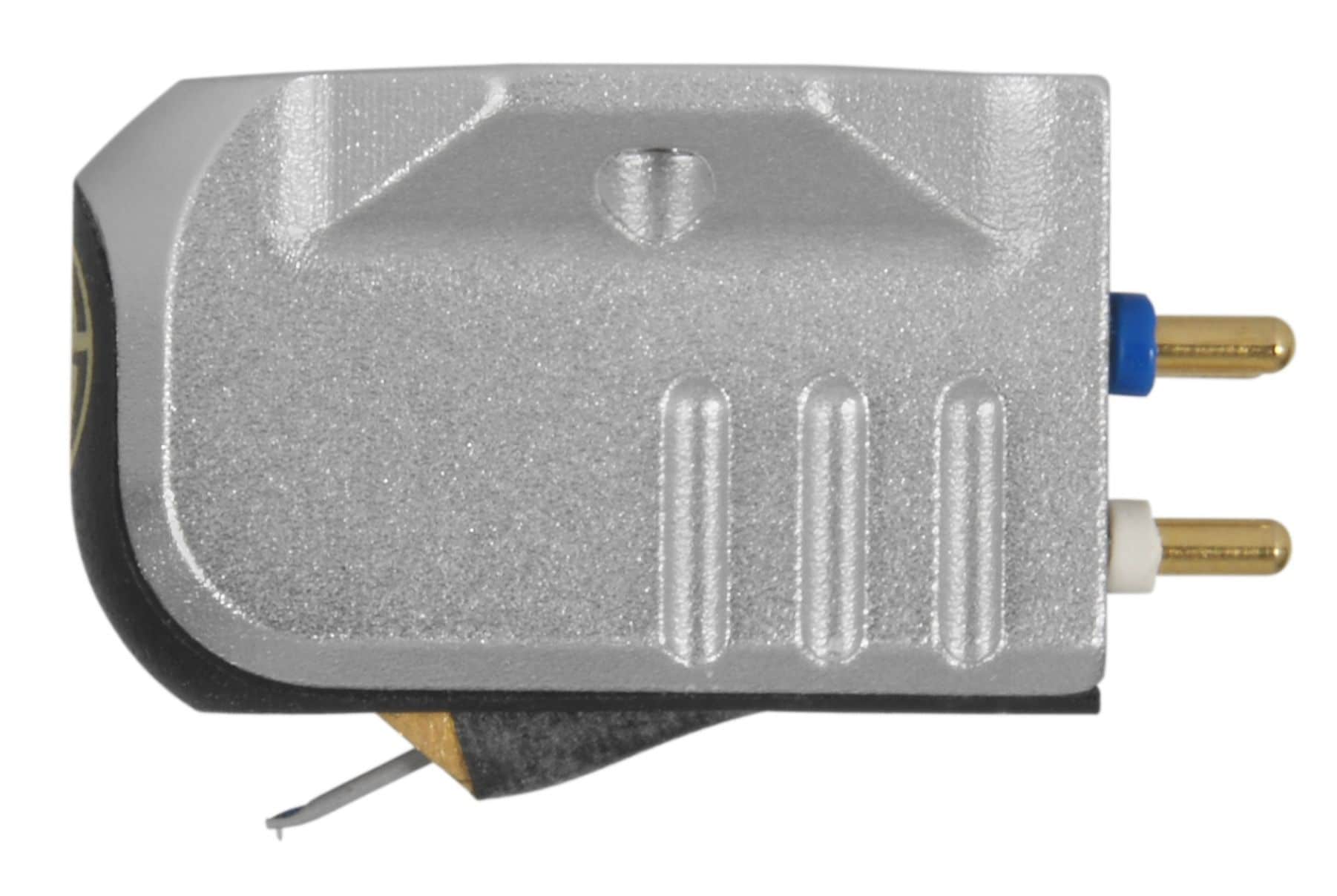
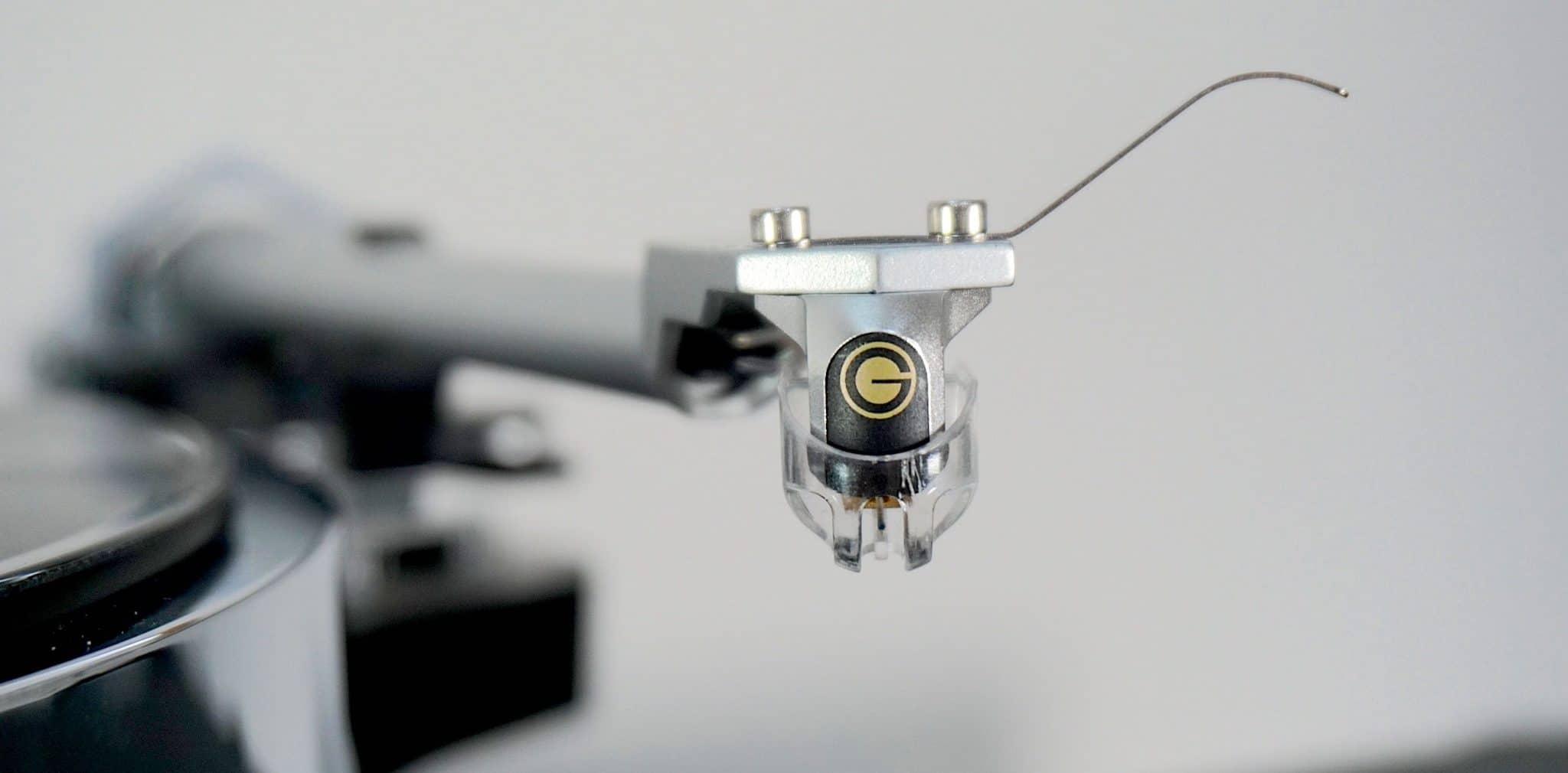
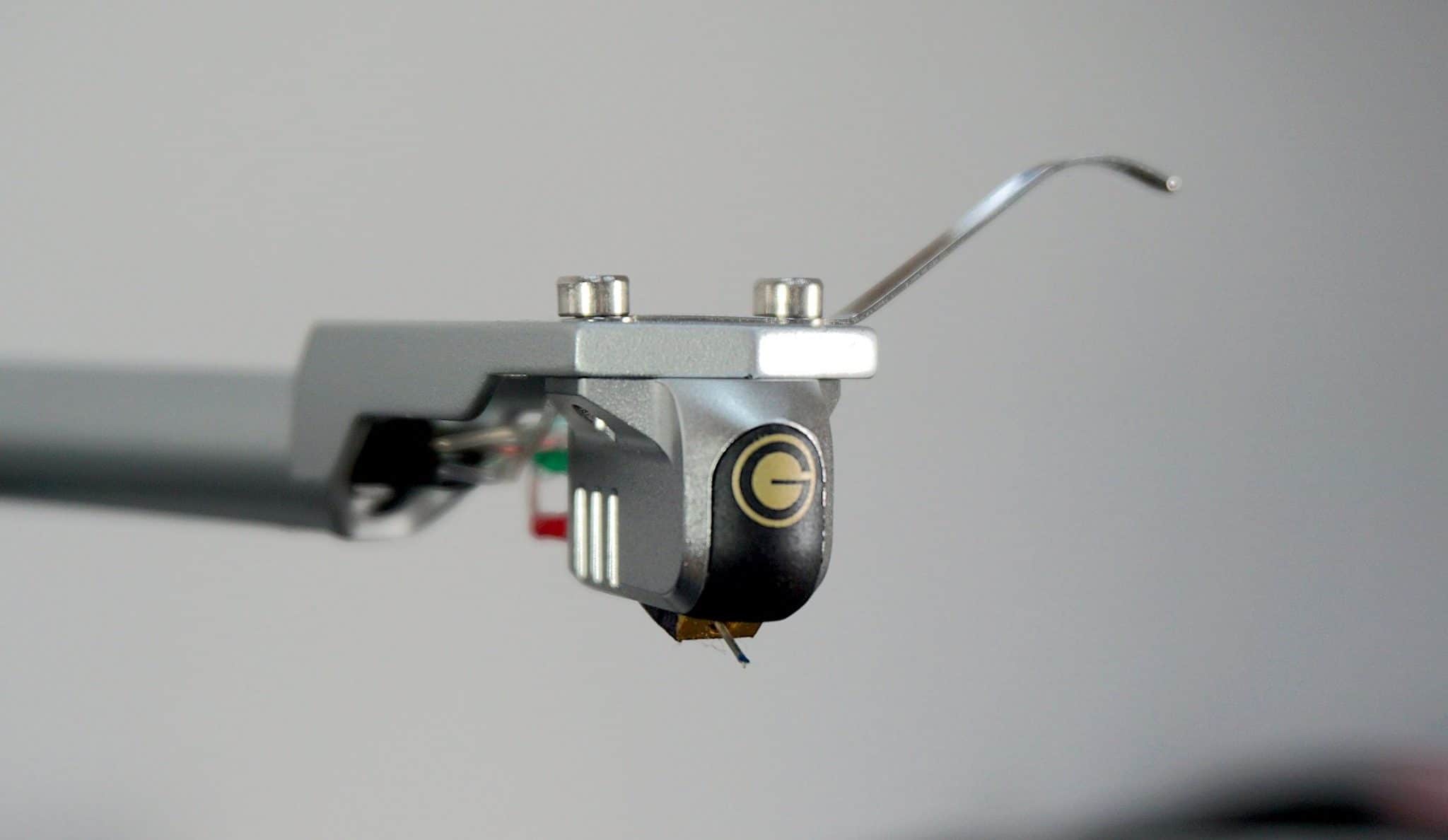
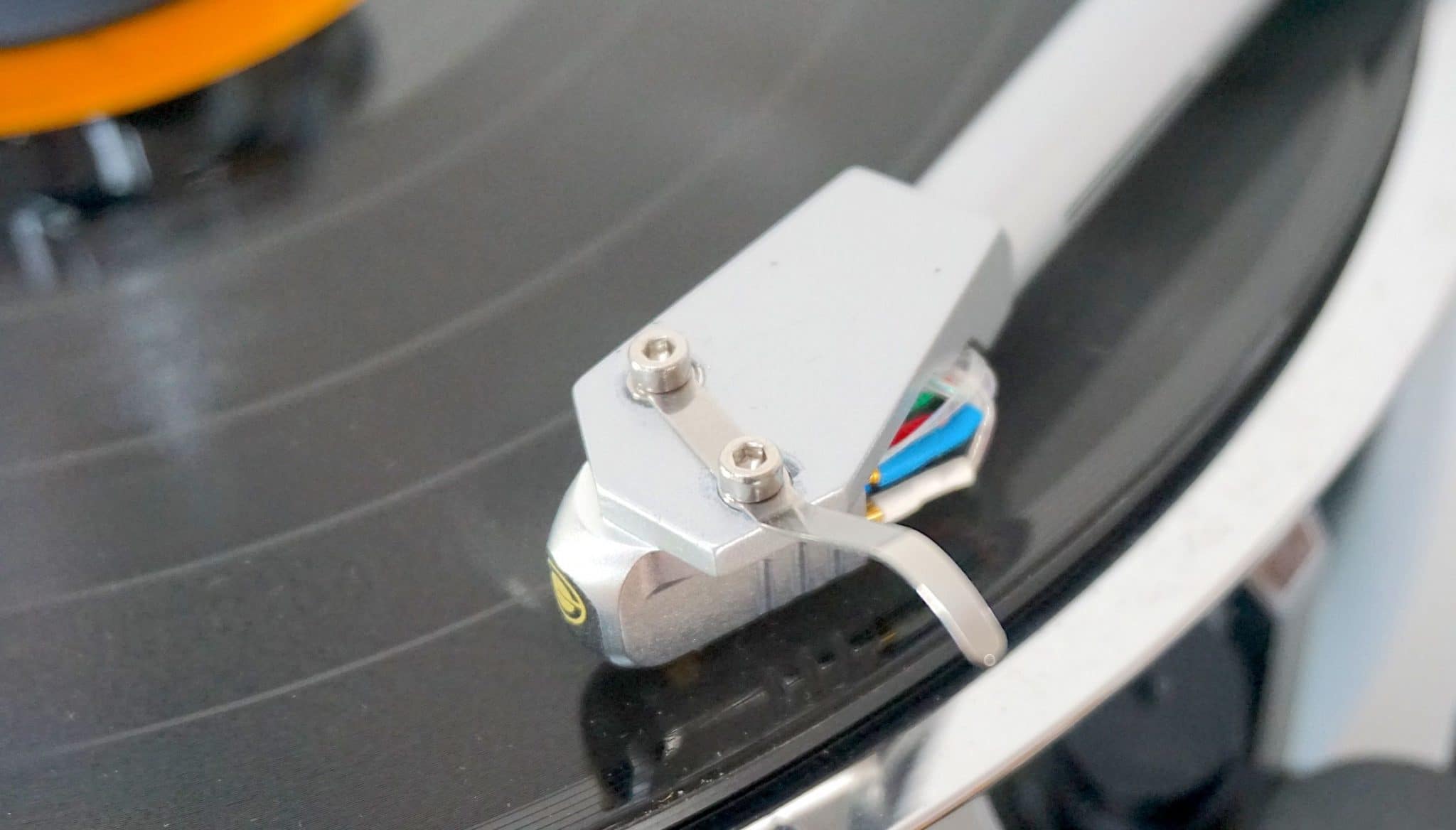
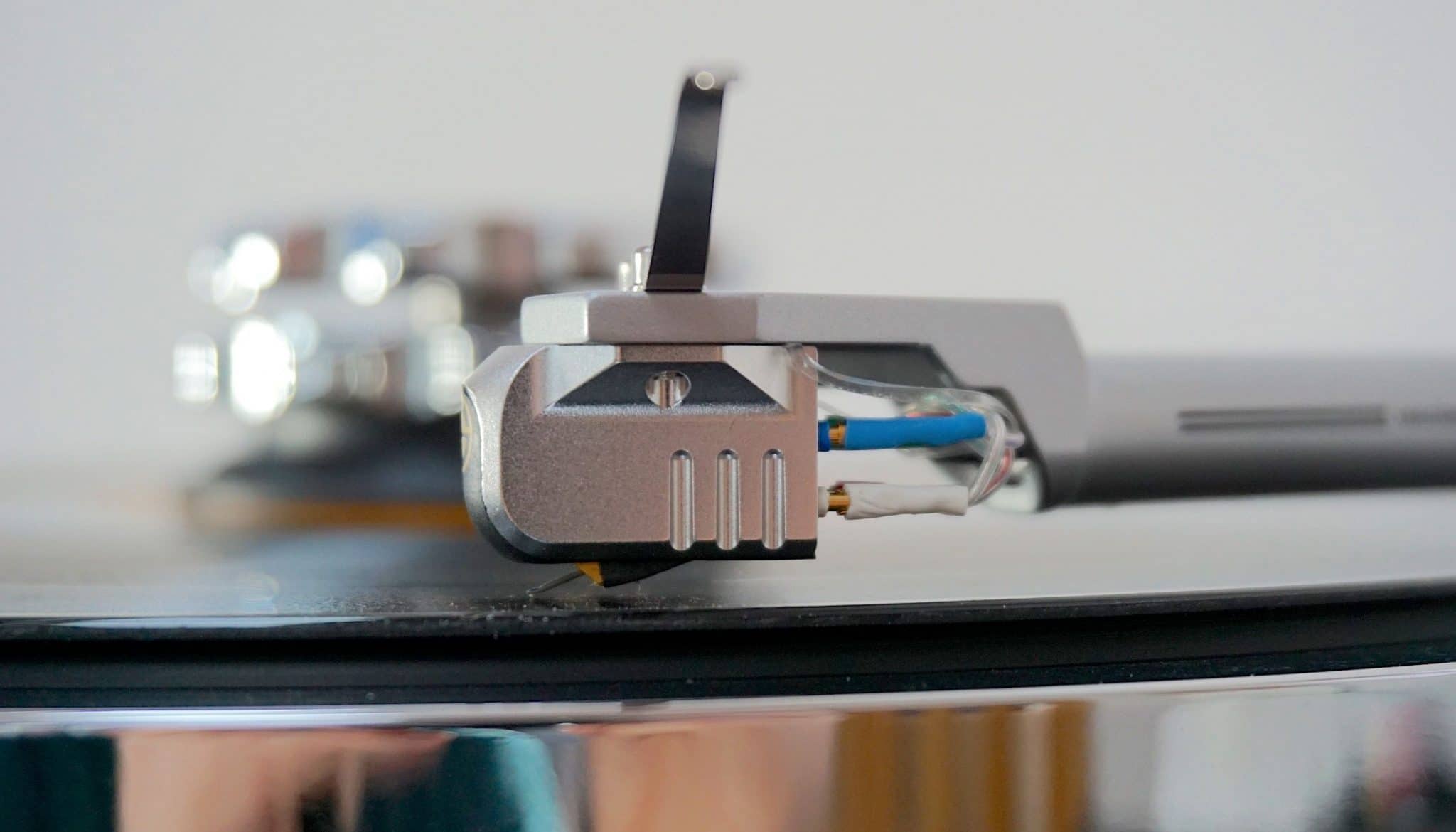
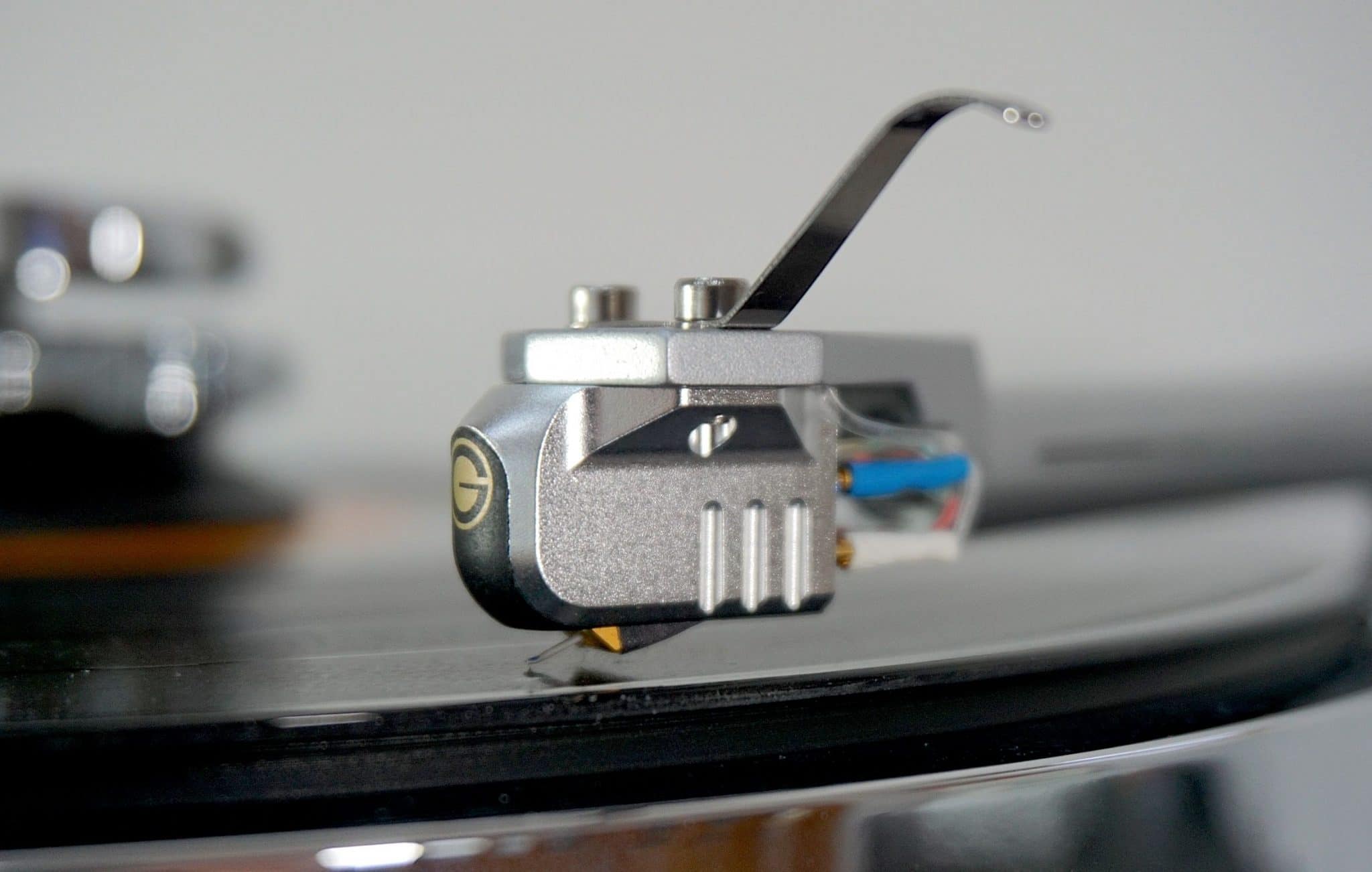



I love these types of cartridges and will probably consider them. For many years I have been using the Shure V15 MK V MR with JICO SAS Styluses. I love it so much it is installed on three of my four turntables. On my fourth is an Audio Technica moving coil, the AT-OC9XSL. It is a better cartridge than the Shure, but the differences are not night and day – only subtle. For a long time, I have been debating whether I should swapping the Shures for moving coils, but the idea of paying a minimum of $2,000 for something better hasn’t enthused me as these products wear out sooner than we are led to believe. For instance, JICO claims after 500 hours, the specs of the cartridge begin to fall off, and after 700 hours, the stylus needs replacing, or the user risks permanent damage. Bill Hart explained this in great detail in a fantastic article whose link I enclose; https://thevinylpress.com/the-finish-line-for-your-phonograph-stylus/
In any event, the point is that paying a lot of money for a cartridge that by 1000 hours may have deteriorated to the point of record damage is not simply worth it hence why these cartridges are so interesting to me.
Dear Nick, I agree entirely with the comments you have so admirably made. I play in the same ball park using a budget Oyster cartridge featuring a Jico elliptical stylus. This one has done approximately 170 hours & still sounds good. I keep it clean & this helps to prolong it’s life. However I will be replacing it with another Jico stylus when I detect any loss in performance. Jico is a fantastic company & their stylus’ offer unbeatable value for money.
Always fancied s Golding cart. but never seemed to get round to it. Using an Ortofon Cadenza Bronze at the moment that I love.
I’m always on the lookout for a cheaper replacement when it reaches the end of the road.
Yes, I have an MC on my SME10, and compared to the Shure/JICO combo, it is superior to the MM cartridge. The problem with paying $$ for uber-expensive cartridges is that they wear out sooner rather than later. Somewhere between 500-800 hours, the wear begins, and it is gradual, so why pay more. The Shure and JICO combo has given me outstanding performance for over 30 years, and while there is a bit of a performance hit in sonics, the compromise has been well worth it. I might change for an MC on my other tables but within reason. Maybe the Goldring reviewed above. It is excellent to swap a worn stylus after 600 hours rather than exchanging a whole MC cartridge.
I currently use Goldring 2500 and I considered Ethos as next step in my vinyl journey. You just confirmed my choice is good. Thanks for nice review Paul!
Glad I could be of help 🙂
Hi Paul,
Civilised? It’s cultured. It’s well mannered?
FORGET IT.
After 25 hours of playback still relentlessly loud and shrill.
This element is mounted on a SME V5 arm and my SME 20/12 turntable.
I really miss the natural sound of the strings of violin, harp.
What I found terrible is that the splashing of “cleaned” records is accentuated by this element. Soft passages were ruined by this violence.
While with my previous Ortofon cartridge I had absolutely no problems with this.
Unfortunately I am considering to get rid of this cartridge despite your remarkably positive review.
Maybe the cartridge needs much more playing time to reach the properties you ascribe.
Hi Paul,
having improved my chain the last couple of weeks with your help, I just wounder how far I should push it!
Let me give you a quick overview.
1. The old NAD 3225 pe has been replaced by a Sugden A21 a and will be used in combination with the Moon 110LP v2 preamp.
2. Turntable is the Pro-ject x1, wich in my opinion is comperable with Rega P3 or Technics SL-1500C in sound quality.
3. My old Elac loadspeakers have been exchanged by a a pair of Q-Aqoustic 3030i.
4. Loadspeaker cables are the Tellurium Ultra Blue; Phono cable ist the Pro-ject connect it CC.
What cartrige do you recommend for a HiFi system like mine?
Should I go the MM path or even consider a decently priced low output MC?
I’m thinking of Otofons 2m line in form of a bronze or black.
On the other hand for the same amount of money one can buy a a Ortofon Quintett red.
Or a Dynavector… and so on.
Trying to find a solution in the internet is quite difficult, since both sides argue rather subjectively than in a objective and informative way.
Alex
Do you have a cartridge budget Alex?
€500, -!
Perhaps 600,-.
I would take a close look at the designs from Hana, Alex.
Paul,
as I already commented once, you are a great help to many and do so in a very polite
way.
I’m glad to live in a city with quite a lot of good record stores, so my collection of vinyl is becoming bigger, mainly used ones in good condition.
Which leads me to the most important point of all, whether HiFi or High end and despite all the technical issues..
listening to music and enjoying those records!
Alex
Thanks Alex, that’s very nice of you (just a quick note, you only have to post once – don’t worry if it doesn’t appear immediately, I have to clear the messages and sometimes I can’t do that straight away)
And I support your priority of music. That’s what this is all about. The music.
Hi Paul
Grate review , I had a hana ml that I sent for a trade in and it got lose by the transporter .
Now I’m using goldring 1042 as backup , the installation was a real pain but the result was so amazing and I can live with it for a while. After reading your review and hearing the 1042 . I’m thinking to go for ethos. I must say that I love hana but the retipping by hana will take about 4 months
and hana make a discount for 30% to replace the cartridge . so hana is not so generous as it’s quoted in the manual.
How do you compare ethos against hana?
I’m going to install the cartridge on Rega 10 how do you compare these two cartridges against Rega apheta 3 because most of the reviews talk about Rega synergy . Unfortunately I can’t have an audience with apheta either with ethos.
Thanks in advance
A tough one – both the Hana and Goldring are excellent. The Hana may have more finesse, delicacy and fragility in the mids. Saying that, the Goldring is relaxed and smooth. I find it hard to choose.
Thanks Paul
I sent the hana for a swap against new one to my dealer .In the future I might go for hana Umami Red or Etsuro Urushi Cobalt , well I have enough time to save money and choose betweenüòÄ
Paul – would like your opinion on the following exchange of mails with Goldring. As you know they do rebuilds as well as make the Ethos. It’s also a question of how, in general, vintage high-end rebuilds compare with today’s products. Please take a look and I am grateful for any thoughts
From Goldring
I can refurbish your Troika as follows,
Replace the cantilever with a new one (aluminium tube) fitted with a Vital shape diamond.
Or as a alternative upgrade fit a Boron cantilever with a Micro Ridge diamond.
My follow-up
Oh dear I really started something here – now totally confused. Have to ask what you mean by
“The Goldring Ethos is a very different cartridge compared with the Troika‚Äù
Totally different in what way? Background is that I haven’t kept up to date for the last 15 years but now retired I look around again. And see following review
“Ethos Moving Coil Cartridge From Goldring by Paul Rigby The Audiophile Man‚Äù
and this is what started me off on the trail of rebuild/ new cartridge BTW turntable is 1986 Linn Sondek with Ittok LV II arm never modded or tweaked – might this have an influence for or against the Ethos?
Final point Рlistening fodder is now primarily classical РHaydn and chamber music rather than Wagner and pomp and I also buy and sell vintage vinyl ‘just for fun’ Рso many 50/60/70s discs.
Hi Paul – how much will this rebuild cost you? And yes, the two carts are different. I’d say that the Ethos is a neutral design. The Linn is more forward in the mids, it’s more analytical.